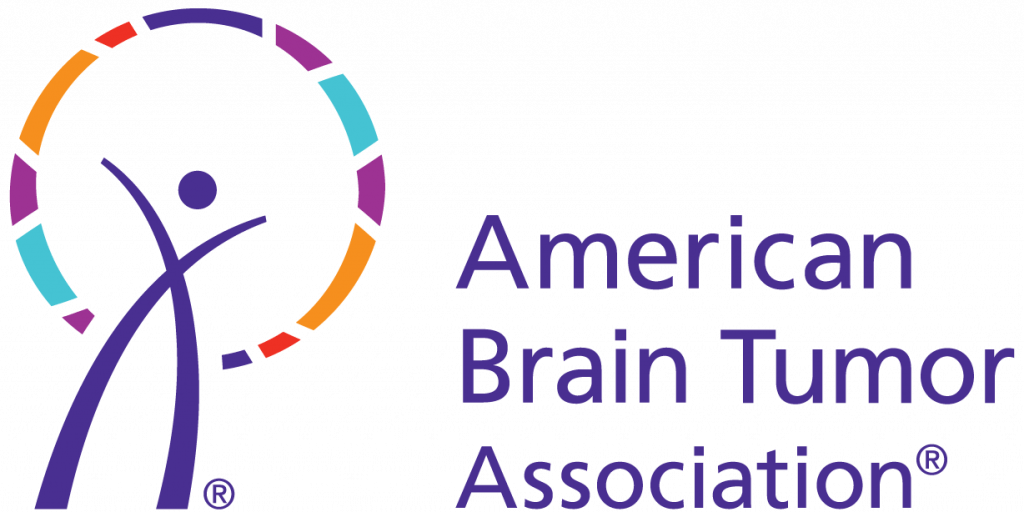Brad’s journey is an extraordinary one. In October 2022, he began experiencing persistent headaches. Mid-month, due to the smoky and dry weather conditions, his wife Tia suggested he see a doctor for what might be a sinus infection. He was treated with a five-day course of steroids and two weeks of antibiotics. Initially, the steroids made Brad feel much better. However, nearing the end of the two weeks, his headaches returned, this time accompanied by confusion.
Brad decided to visit urgent care again, leaving work to do so. After parking his truck, he called Tia, explaining he couldn’t find his truck or the doctor’s office. Tia rushed to find him, disoriented and confused, searching for his truck for hours. When they finally saw the doctor, Brad was sent to the ER for imaging. Initially, the doctors thought it was simply migraines, but after Tia insisted on further testing, a CT scan revealed a mass. Within 24 hours, Brad was undergoing a biopsy. The results were devastating: it was Glioblastoma (GBM). The MRI showed a tumor the size of a peach in an inoperable spot on top of his corpus callosum—an earth-shattering diagnosis.
On Thanksgiving Day, Brad had his first seizure. Five days later, he had his initial visit with a neuro-oncologist (NO). Almost a month after the diagnosis, he was finally seen. His NO increased his dexamethasone dosage to 24mg and scheduled him to start the standard of care (SOC)—six weeks of radiation and temozolomide—in mid-December. Shortly after this increase in steroids, Brad developed a steroid rash, but the NO wasn’t too concerned. However, the stress on his immune system caused a rash to cover both of his legs. He was prescribed steroid cream, hoping it would subside.
Brad didn’t make it to his first or second radiation appointments. He was too tired and in too much pain to get out of bed. With help from family, Tia took him to the ER, suspecting something was seriously wrong. There, they were told that even with treatment, the swelling in Brad’s brain was too great, and he might have only a month left to live. Although Brad couldn’t fully comprehend the prognosis, he still wanted to live. Tia advocated for Avastin, a treatment that could help drain the edema, and the NO agreed to the infusion.
The next day, Brad’s pain became unmanageable, and Tia was advised to call hospice. Hospice arrived the following day and gradually increased his Oxycodone dosage to 80mg a day to control his pain. Despite being unsteady and sometimes grumpy and defiant, Brad had two more seizures while in hospice care. Just as Tia was told to pick out a funeral home and the fear of him not making it to Christmas became a reality, the call came that Brad could receive an Avastin infusion.
With assistance, Brad was wheeled into the infusion center, sleeping through the entire procedure. It was a final attempt to do anything to help him. Four days later, on Christmas morning, Brad got out of bed, got dressed, and was mostly coherent. He opened presents, shocking everyone with this unexpected improvement. Avastin worked for him in a big way. Later that day, he had another seizure, which he was able to sleep off.
Feeling there was a lack of urgency in Brad’s care, Tia sought a second opinion and switched neuro-oncologists in January. The new NO expedited his SOC, scheduling him within two and a half weeks. Unfortunately, Brad didn’t make it to radiation. Over those weeks, his rash worsened, causing him significant pain. He talked about pressure behind his eyes, and his mood became increasingly volatile. His hearing was impaired, and his headaches were severe. He began behaving unusually, such as being excessively concerned about minor things and taking walks to sit in a neighbor’s yard. Despite these challenges, Brad remained strong and even went skiing with Tia and their son, taking it easy but not missing a beat on the slopes.
Some days were good, while others were wild and unpredictable. Tia and the NO decided Brad needed Avastin every two weeks, hoping most changes were due to edema. He started radiation at the end of January and initially handled the treatment well. A week and a half into treatment, things changed again. Brad wasn’t sleeping much and seemed to have manic episodes. His rash caused unbearable pain, and he was finally able to see a dermatologist in early February, who diagnosed him with a severe case of shingles covering both legs. He was put on two types of antibiotics.
Tia constantly communicated with Brad’s NO and team, often being told to only contact them in real emergencies. Brad’s moods became increasingly unstable, ranging from anger to fear and paranoia. After testing, Brad was found to be COVID positive. Within 24 hours, he was taken by ambulance, in restraints, to the ER. He had become delusional, combative, and confused. Admitted to the oncology unit, doctors suspected meningitis. His body was in severe distress. Once stabilized with medications for his numerous infections and hooked up to an EEG monitor, it was discovered Brad was having a massive number of focal seizures—up to 24 in a 12-hour period.
Brad and Tia never received a definitive answer on the cause of his drastic behavior changes. There were too many variables to pinpoint one cause. After 12 days inpatient, Brad returned home. Despite not recalling everything that happened, he knew bits and pieces. The NO suggested inpatient hospice due to his severe mood changes, but Tia refused. She knew Brad would want to be home and was determined to support him.
After a few days at home to ensure stability, Brad completed his SOC with minimal side effects beyond extra tiredness. Now, almost done with his adjuvant chemotherapy and ten months since diagnosis, Brad’s goal remains to stay as optimistic as possible. His journey isn’t over because his wife fought for his care and because Brad fought to be here. We hope this story can inspire the fight in you too—patient, caregiver, family, and friend alike.
Tia Mazonne, Caregiver and Wife
Duvall, WA







